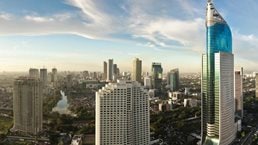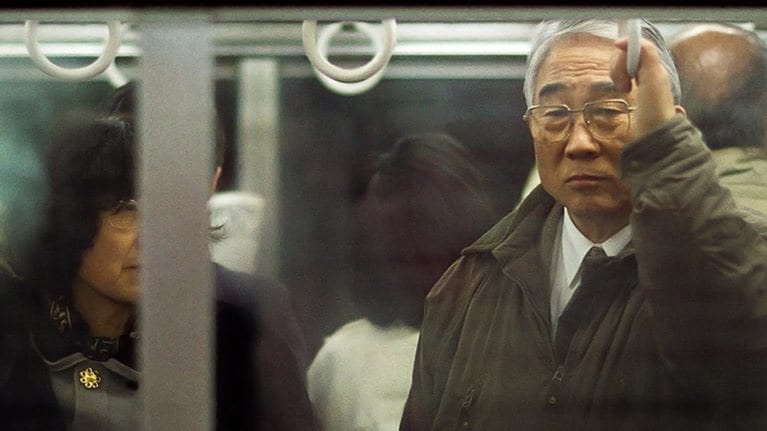The fundamental goal of city design must be to improve the lives of people. That means the creation of fulfilling, enriching, and sustainable ways for residents to live, work, and play.
Today, almost half of Asia’s population lives in cities. By 2050, the United Nations projects almost two-thirds of the world’s population will live in cities, as more rural dwellers migrate to urban areas. Rapid urbanization puts more pressure on land, making it important for each square meter to be used effectively. At the same time, quality-of-life issues, such as traffic congestion and air pollution, must be considered from the start.
The modern, efficient cities of the future, then, will connect transportation hubs with quality retail, hospitality, commercial, and residential spaces. Such integrated developments will enable populations to flourish both economically and socially. Think of them as new-age high-rise villages.
Stay current on your favorite topics
CapitaLand’s Raffles City developments are an example of this thinking. Built around the concept of a “city within a city,” they integrate shopping malls, offices, serviced residences and hotels, and homes. The first Raffles City development opened in Singapore 30 years ago; CapitaLand is now working on eight more in China. Each is located in a city center and connected to transport. Designed to high architectural standards, we believe that these developments will not only become symbols of economic transformation but also become important social spaces.
The role of technology
Advances in digital technology will play an important role in Asia’s urban future. A new generation expects personalized and seamless experiences. Employing technology, such as artificial intelligence, sensors, the Internet of Things, social media, and data analytics, will be crucial to meet this demand.
CapitaLand recognizes this and was an early adopter of online-to-offline and offline-to-online strategies. It knows that consumers want to complement their digital activities with real-world shopping—and vice versa. By using technology to offer better retail experiences, its shopping malls are also becoming one-stop destinations for communities.
In Singapore, for example, CapitaLand is redeveloping the Funan shopping mall in the city center into an integrated environment where shoppers can live, work, and play. In addition to retail, the new Funan will feature working space for a mobile workforce, apartments for young professionals, the first multidimensional cinematic experience for moviegoers in Singapore, and a robot-enabled food court, among other technological innovations.

Urban world: Cities and the rise of the consuming class
Another example of the use of advanced technologies is the way CapitaLand uses data. To engage with its shoppers and to help retailers increase their sales, it developed CapitaStar—a multimall, multistore, cardless rewards program that 3.3 million shoppers in China, India, Japan, Malaysia, and Singapore belong to. CapitaStar aggregates data from shoppers’ purchases and optimizes the location of tenants to maximize their sales. And with Sparkle, Asia’s first fully automated artificial-intelligence chatbot created by a developer, CapitaStar members in Singapore will be able to hail taxi rides, book restaurants, and browse and shop at the touch of an app.
Real-estate businesses such as CapitaLand must work hard to support people and their communities. CapitaLand is one of Asia’s largest real-estate developers, with more than 500 properties in more than 130 cities in more than two dozen countries. It touches the lives of millions of people every year. It must therefore think beyond bricks and mortar: creating the cities of the future requires thinking in broader terms about the quality of urban life. That means keeping a close eye on consumer and industry trends.
And while technology will certainly be at the heart of Asia’s urbanization, this is not a tech race. CapitaLand’s work will be judged not by how many cutting-edge technologies its developments include but rather by how they are used to improve the lives of residents and by how they can build the character of a community.


